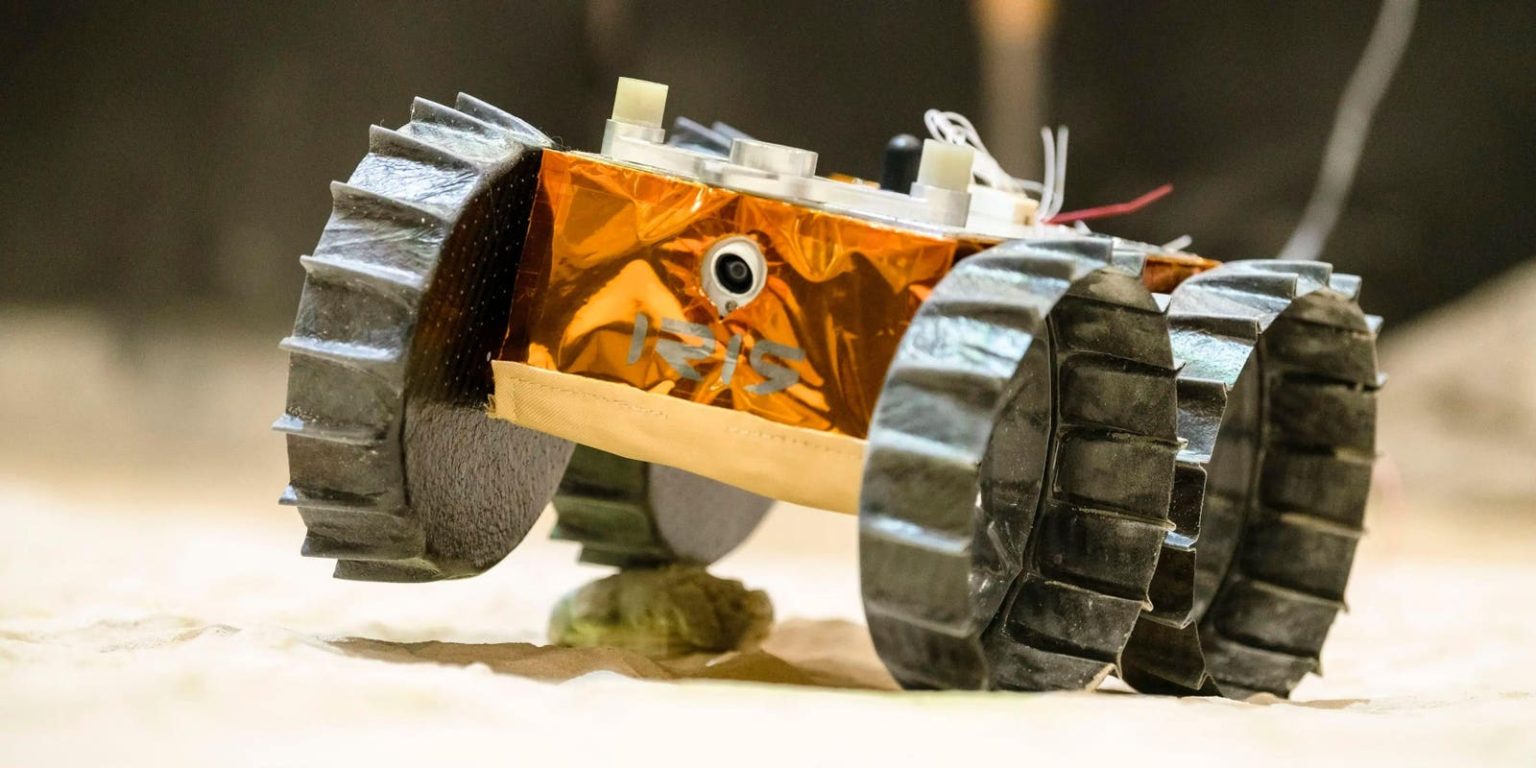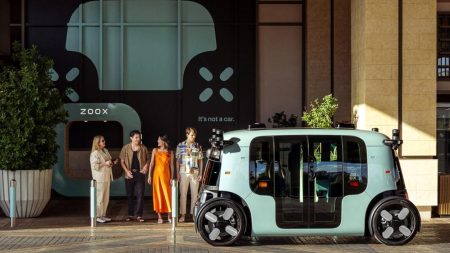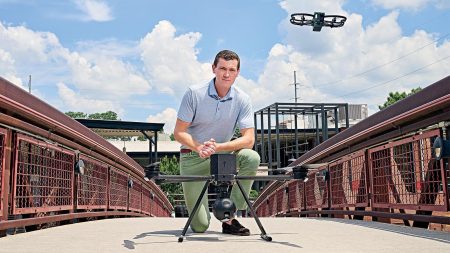The world’s first nano lunar rover, named Iris, failed to successfully reach the moon’s surface earlier this year as part of the Peregrin Mission One. Despite the mission’s failure, there were still notable achievements and successes to be recognized. A team of 300 Carnegie Mellon students played a pivotal role in building and launching Iris, with the goal of creating an ultra-low-cost lunar rover using carbon fiber technology. This rover was intended to be the first American-made lunar rover to land on the moon since 1972, showcasing innovative advancements in the aerospace industry.
Kevin Fan, a former CMU student involved in the project, emphasized the technological achievements of Iris, particularly in terms of the rover’s ability to withstand extreme conditions during launch and transit. The shoebox-sized Iris rover, weighing only 2.2 kilograms, was designed to be resilient and cost-effective, making it a noteworthy addition to lunar exploration efforts. Despite facing challenges such as a propellant leak on the lander, the team was able to maintain communication with Iris while it was in a highly eccentric earth orbit, showcasing the rover’s durability and functionality in harsh space environments.
One of the key aspects of Iris’s design was its utilization of off-the-shelf components that were not radiation-hardened, reflecting the team’s emphasis on cost-effectiveness and accessibility for student-led projects. By demonstrating the successful operation of Iris in a vacuum and exposure to solar wind and cosmic rays, the team laid a foundation for future lunar exploration endeavors. Carmyn Talento, another Iris team member, expressed optimism about the potential for moon and Mars bases in the near future, highlighting the role of robotic rovers in advancing space exploration and potentially enabling human settlement beyond Earth.
The lessons learned from the development and launch of Iris are expected to have significant implications for future space exploration initiatives. Talento, who is currently working on additional rover projects like Moon Ranger for lunar ice exploration, emphasized the importance of leveraging small and affordable rovers to expand exploration capabilities in the solar system. The team’s efforts in building Iris have contributed to the advancement of space technology and paved the way for future missions to explore and potentially colonize other planetary bodies. By embracing innovation and collaboration, the aerospace industry continues to push boundaries and inspire the next generation of space explorers.













